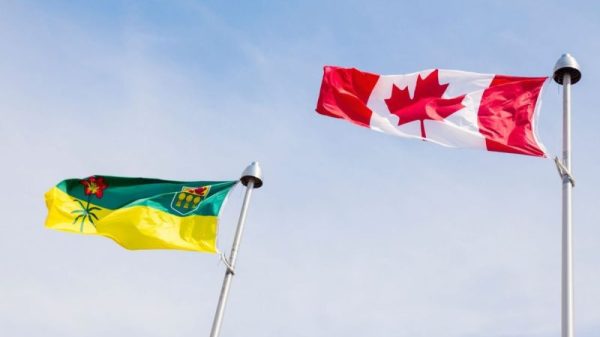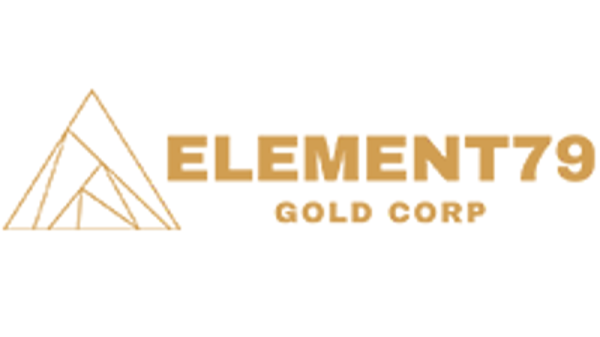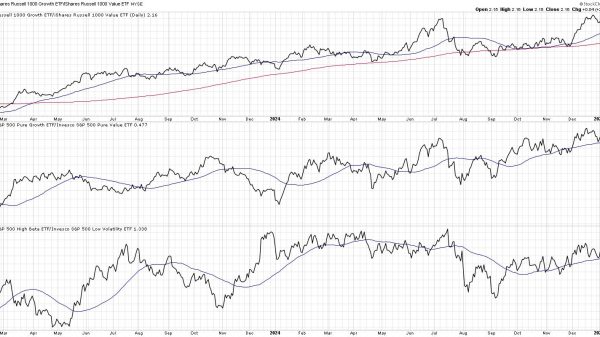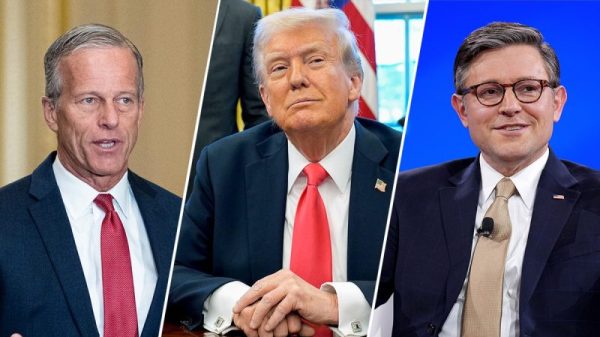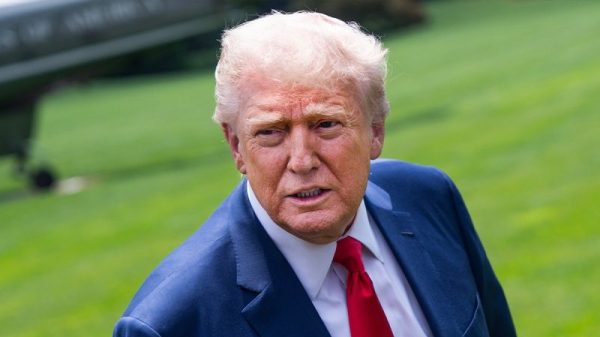Even a cursory knowledge about modern China reveals the contradictory conditions of increased economic freedoms with continued repression of civil and political liberty. For example, forming political parties is viewed as an unacceptable challenge to the inviolable “dictatorship of the proletariat” overseen by China’s Communist Party.
However, Beijing uses heavy-handed methods to suppress non-political groups, including an “iron fist” approach to Falun Gong, a sect known for breathing exercises. It has also halted prayer meetings and closed Christian churches, while administering some “rough handling” of the Uighur minority.
As it is, China’s communist leaders have proven themselves to be adept masters of diplomatic maneuvering. They deflect external criticisms against internal repression of dissent or religious freedom by asserting sovereign rights to conduct domestic affairs and that foreigners have no right to comment or pass judgments.
Meanwhile, Beijing raises warning flags or sends diplomatic missiles to countries even if there are only rumors of a visit or interactions with politicians from Taiwan. Despite its persistent and harsh interference with religious and cultural freedoms against Tibetan Buddhists, after Taiwan, complaints or comments about this will invite very prickly responses from the Communist leadership.
As the 14th Dalai Lama celebrates the ninth decade of his mortal life, he and other Tibetan Buddhists worry about the identification of his reincarnate and that of the Panchen Lama, the top figures in Tibetan Buddhism. For its part, China’s State Administration for Religious Affairs (SARA) declared that all reincarnations of living Buddhas of Tibetan Buddhism will be considered “illegal or invalid” unless they have government approval.
Dalai Lamas, acting as spiritual and administrative leaders of Tibet since 1391, are considered manifestations of Avalokiteshvara, the patron saint of Tibet. When Lhamo Dhondup was two years old, (born as Tenzin Gyatso in 1935), he was recognized as the reincarnation of the preceding Lama.
A Living Buddha, known as tülku, is a reincarnated Tibetan Buddhist lama that consciously decides to be reborn many times to continue his religious pursuits. Among the most powerful tülku lineages are the Dalai Lamas and Panchen Lamas.
Regardless of Beijing’s preferences, the Dalai Lama is the undisputed spiritual leader of millions of Tibetans, including those forced into exile or living under the shadow of the People’s Liberation Army. In considering whether to accede to China’s demands, it might be useful to consider the basis of its claims over Tibet.
Considering history and communist ideology, one of the persistent demands and great triumphs of the twentieth century was ending imperial dominance of unwilling populations. It has become fatuous and disingenuous to make territorial claims and insist upon adherence to treaties imposed by defunct imperialists.
It is remarkable for an atheistic regime with ideological disdain of imperialism to pass judgment on religious affairs in a territory that it claims to rule based on an imperial past. As it is, Chinese law and political claims for “unity” are being allowed to trump Tibetan autonomy in pursuing a unique religious culture and heritage.
China’s insistence on sovereignty over Tibet or other areas of previous control is dubious on numerous grounds since this logic renders moot all its territorial disputes with India that was unified long before China in 321 BCE. While India’s centrally-controlled State included Afghanistan and controlled the entire Indian Subcontinent, it refrains from asserting claims on this line of historical reasoning.
China’s claims over Tibet are based upon imperial treaties or conquests, including the marriage of Tang Princess Wencheng to Tibetan king Songtsen Gambo in the seventh century. Chinese scholars ignore the fact that the Chinese emperor initially rebuffed Songtsen Gambo who then used military prowess to force his will in the matter.
While no indigenous Chinese force was able to subdue Tibet in ancient times, the great Mongol chieftains did conquer Tibet. A claim to Tibet based upon treaties with Genghis Khan and his great-grandson Kublai Khan, founder of the Yuan dynasty, involved agreements that included anyone of Han-Chinese origin.
In all events, political allegiance and religious blessings were exchanged for protection by the Mongols. Later, it was an administrative region under the Yuan Empire (1279 -1368), and then the Qing Dynasty (1644-1911) recognized the Dalai Lama and the Panchen Lama.
Eventually, Lhasa broke away from the Yuan emperor and regained independence from the Mongols. While the Han-Chinese Ming dynasty ruled China from I368 to I644, it had few ties to and no authority over Tibet, and then Tibet was largely free from foreign influences until the eighteenth century.
Interaction with the Manchus and the Qing dynasty began in the seventeenth century with its tight embrace of Tibetan Buddhism. But imperial troops sent to Tibet were for the protection of the Dalai Lama from foreign invasion or internal unrest rather than making it part of the Manchu empire or incorporating it into the territory of China.
Several pacts during the twentieth century relating to Tibet and European imperial powers were overseen by the Chinese imperial court. While Great Britain acknowledged Chinese suzerainty in Tibet with the 1904 Lhasa Treaty (Anglo-Tibetan Convention), it exacted financial indemnity and trade concessions in Tibet and Sikkim, but such a treaty has no moral authority.
In 1906, an Anglo-Chinese Convention signed in Beijing reversed the right of Britain and Tibet to conduct direct negotiations as conducted earlier in Lhasa. But again, it was a matter between two outside imperial powers that decided that the Chinese government was the administrative master of Tibet.
Later, the imperial powers of Britain and Russia signed the Anglo-Russian Convention (1907) agreeing that future negotiations over Tibet would be conducted through the Chinese government. During the times of imperial domination, Tibetans were not consulted about the resulting conventions as most such treaties ignored local interests.
Apologists for Beijing’s dominance often suggest that the Chinese have helped preserve Tibetan ways. While it is claimed that China has more practitioners of Tibetan Buddhism, most are in a former Tibetan province (Amdo) that was incorporated into the Middle Kingdom and renamed Qinghai province in the 18th century.
It is also pointed out that the YongHe Gong Lamasery in Beijing has been the site of worship for nearly almost three centuries. Even so, Chinese forces have razed many of Tibet’s monasteries and temples, either as retaliation against resistance to Beijing’s rule or to dilute their influence.
In all events, Chinese physical presence or cultural influences in modern Tibet were negligible until after the Cultural Revolution. Indeed, it was only in the past 25 years or so that significant numbers of Han Chinese were resettled in Tibet.
Beijing has applied several new tactics to secure its control over Tibet. One of these was its “Go West” campaign that involved enlisting the support of businesses to develop the western region of China, including the so-called Tibet Autonomous Region and Qinghai province.
There was also an attempt to bring in the World Bank to extend a loan for $160 million to resettle about 60,000 farmers in traditional Tibetan lands as part of the China Western Poverty Reduction Project. This resettlement of farmers would involve several ethnic groups, notably the majority Han Chinese. Groups supporting preservation of Tibetan culture have denounced the moves by China to be tantamount to “cultural genocide”.
If according to legal custom, possession is nine-tenths of the law, China can use such logic to rationalize its continued occupation of Tibet. Whatever merit this dictum might reflect, judicial procedure and reasoning are normally applied to determine whether the basis for possession was reasonable or just. A dispassionate view of the matter indicates that China’s assertions for suzerainty over Tibet teeter on a weak and unconvincing foundation.
Considerable evidence indicates many Tibetans feel they would be better off without Beijing’s choking embrace, as there have been periodic uprisings during the five decades under Communist Party rule. Their expressions of discord were met with harsh retaliation by Chinese soldiers and police, leading to the death of thousands of Tibetans.
After the Dalai Lama fled Tibet for India in 1959 after a failed uprising against the Chinese invasion, authorities in Beijing have persistently demonized him. Even so, Tibetan Buddhists remain strongly loyal to him as their spiritual leader.
Of course, such meddling in religious affairs is not confined to Tibetan Buddhists. Uighur Muslims, Daoists, Falun Gong, “unregistered” Protestants and Vatican-loyal Catholics must bend their faith to fit the Procrustean demands of China’s secular law.
In 1982, the CCP Central Committee issued, “Concerning Our Country’s Basic Standpoint and Policy on Religious Questions During the Socialist Period” imposed “proper control” over religious affairs. As such, “patriotic” religious associations were to sacrifice the interests of their religious communities to promote the objectives of the Communist state.
Only a Beijing bureaucrat could see no humor in the requirements that reincarnation applications must be submitted in quadruplicate forms to secular authorities. Among the bodies tasked to “institutionalize management on reincarnation of living Buddhas” are the religious affairs department of the provincial-level government, the provincial-level government, SARA, and the State Council with approval granted according to the fame and influence of the living Buddhas.
SARA officials insist that selection of reincarnates must preserve national unity and solidarity of all ethnic groups. And they insist that this precludes the influence in the selection process by any group or individual from outside the country.
As it is, administrating religious affairs based on interests of the Chinese state or “public interest” interferes with Tibet’s internal religious affairs. While regulations guarantee “normal religious activities” of Tibetan Buddhism and protect the religious belief of Tibetan Buddhism, temples that recognized reincarnation of a living Buddha must be legally registered.
It is easy to see why Beijing considers it necessary to keep them under tight control. Reincarnated lamas have considerable influence over life of native Tibetans since they lead religious communities and oversee training of monks.
And so it was that the eleventh incarnation of the Panchen Lama, identified as a six-year-old Tibetan Buddhist Gedhun Choekyi Nyima in 1995, was spirited away to Beijing. In turn, he was replaced with Gyaltsen Norbu by religious affairs officials in Beijing.
As it is, most Tibetans never felt the need to be “liberated” by an alien, outside power. For their part, they wish to preserve the dignity of indigenous people that wish to be free to choose their own destiny within their own culture.
But Chinese policy ignores the reality that Tibetans care more about their own distinctive culture, history, and identity than they care about expressing loyalty to Beijing. Perhaps this is what is most galling to China’s leaders.
Beijing’s insistence upon its beneficence in dealing with the local people is no more convincing than Japan’s rationale for “liberating” the rest of Asia from European domination during the 1930s and 1940s under the guise of a “Greater East Asia Co-prosperity Sphere.” Although the scale may be less, the degree of brutality used has not been much different than the Japanese during the Rape of Nanking.
In all events, the issue for Tibetans is more about preserving cultural and religious identity rather than geography or borders. While geographic territory is an important element of sovereignty for modern nation-states, it should not be used as an unconditional reason to overwhelm the aspiration of humans that engage in conflict with their governments.
For their part, political systems that aspire to peace should provide methods to resolve tensions relating to rights of self-determination so individual citizens or groups can undertake continuous expressions of their will. As the motivating force behind anti-colonial movements, collective self-determination allows diverse groups and individuals within political borders to act to shape their cultural and value systems.
But Chinese law and Beijing’s political claims for geographic “unity” are seen to override Tibetan’s desire for self-determination and to maintain their unique religious culture and heritage. While control of Tibet’s religious heritage has been usurped by an atheistic regime with ideological contempt for imperialism, it insists on controlling religious affairs based on territorial claims based on imperial treaties.
One cannot ignore the irony and hypocrisy behind Beijing’s insistence for recovering Hong Kong was the rejection of the legality of titles based on force and unequal treaties. Since neither military invasion nor continuing occupation change the legal basis of Tibetan sovereignty, it must be viewed to be an independent state under illegal occupation.


